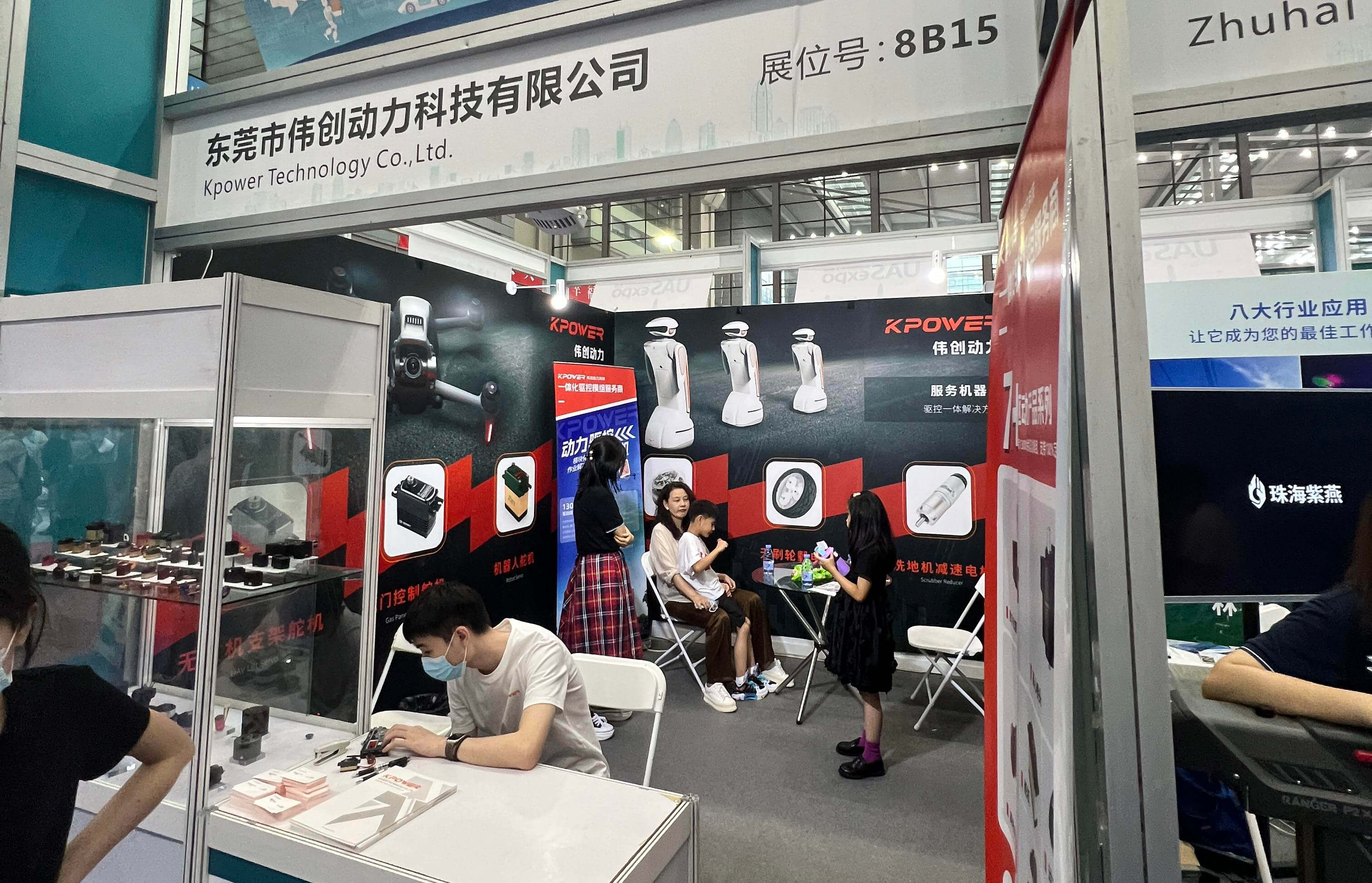Ever played around with RC cars and wondered what’s really behind that buzz—brushless or brushed motors? Yeah, it’s like the eternal debate among hobbyists. And honestly, picking between these two can totally change your riding experience, whether you're racing through dirt tracks or just zooming in the driveway. So, let’s break it down in a way that’s straight from real-world testing, without getting lost in tech jargon.

First off, brushed motors are the OGs. Think of them as the classic dialed-in pickup truck—reliable, familiar, and super budget-friendly. They work with brushes and a commutator, getting the job done with a simple setup. But, with that simplicity comes some baggage. Those brushes wear out over time, meaning maintenance, frequent replacements, and eventually, a dip in performance. Imagine your favorite bike chain—after a hundred miles, stuff’s gotta be cleaned or replaced, right? Same principle here.
Now, flip to the other side. Brushless motors—they’re like sleek, electric sports cars in the RC world. No brushes means less friction, less wear, and more efficiency. They usually run smoother and faster. Want acceleration that hits like a punch? Brushless motors deliver. But… they come at a higher cost. Not just the motor itself but also the ESC (Electronic Speed Controller) that’s a bit more sophisticated. Think of it as investing in a good pair of hiking boots. It’s more upfront, but the long-term benefits pay off.
Here’s a question that often pops up—do brushless motors really last longer? Yeah, big time. Since there are no brushes, there’s less part replacement, and they handle high speeds for longer periods without overheating. Plus, the control system is more precise, letting you tweak your ride—more for the tech geeks who love to dial everything in.
But, hold on. What about beginners? Is a brushed motor a safe bet? Sure. They’re straightforward, forgiving, and don’t demand as much initial investment. Plus, if you’re just getting into RC cars, it’s easier to learn basics on a brushed system before diving into the high-powered brushless stuff.
In terms of switching, many amateurs start with brushed but eventually want to upgrade. It’s a bit like learning on a bike with training wheels and then going for a mountain bike. The upgrade costs and complexity are worth it once you're hooked.
And here’s a fun thought—have you ever felt that rush when you nail a perfect corner? That’s partly down to the motor’s responsiveness. Brushless motors offer almost instant power delivery, making it less about waiting and more about the thrill. Brushed motors give some delay, a little lag at times, which can hamper that precision groove—especially when racing against others who are tuned for speed.
If you’re after a low-maintenance, high-performance setup, brushless is the way to go. But if budget and simplicity win your game, brushed motors won’t let you down entirely. The choice is really about what kind of fun you’re after and how deep you wanna dive into the hobby.
In the end, it doesn’t matter much if you’re a weekend warrior or a speed freak. Knowing what each motor offers makes the experience more personal. Think about your riding style, your budget, and how much you wanna mess around with upgrades. Because, at the end of the day, RC cars are all about having fun—and choice of motor can turn your ordinary ride into something extraordinary.
Leveraging innovations in modular drive technology, Kpower integrates high-performance motors, precision reducers, and multi-protocol control systems to provide efficient and customized smart drive system solutions.




































